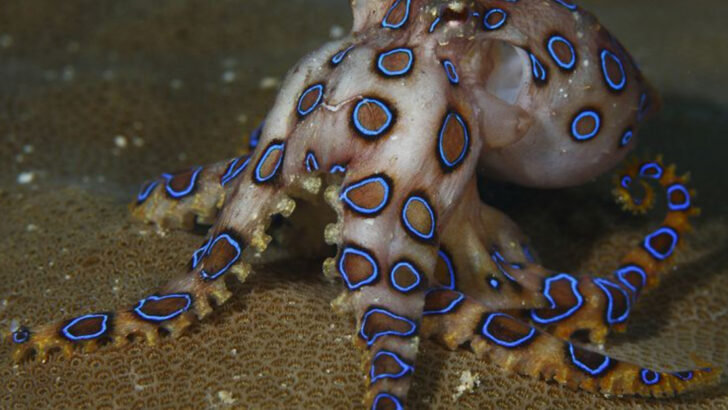Venom kills. Unless you’re built to laugh in its face.
In the savage world of predator and prey, some animals don’t just fight dirty—they fight chemically. We’re talking fangs that drip with death, stingers loaded with instant paralysis, and creatures that hunt with the precision of assassins.
But here’s the twist: some prey don’t flinch.
They survive cobra strikes. They shrug off scorpion venom. They munch on toxic killers like it’s lunch on a Tuesday. These aren’t flukes—they’re living, breathing middle fingers to nature’s most feared weapons.
This is where it gets wild.
From spiders with venom strong enough to stop your heart, to tiny mammals that treat snakebites like mosquito stings—these creatures play the biological arms race better than anything Hollywood could dream up.
Let’s dive into 12 hunters with chemical warfare in their arsenal—and the 8 bold survivors who refuse to go down easy.
Box Jellyfish
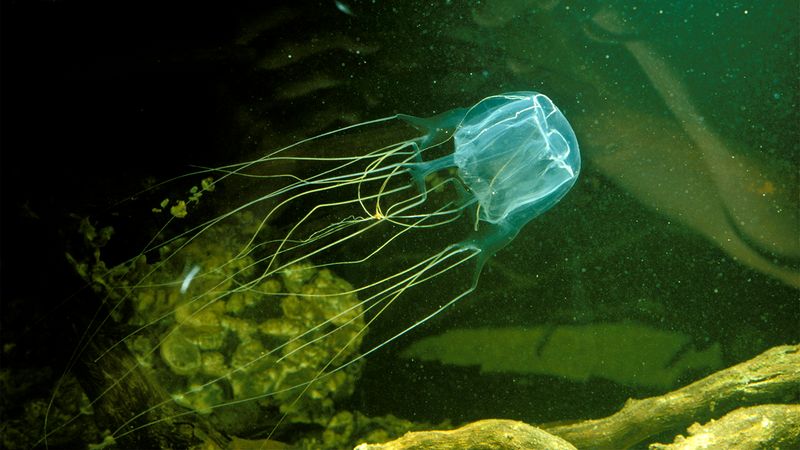
Floating gracefully in the ocean, the Box Jellyfish is a master of the art of ambush. Its transparent body makes it nearly invisible underwater.
The jellyfish uses its venom-filled tentacles to deliver a deadly sting to unsuspecting prey. With toxins that can cause heart failure in minutes, it is one of the most venomous creatures on the planet.
Despite its lethal capabilities, the jellyfish’s beauty is undeniable, a true ocean phantom.
King Cobra
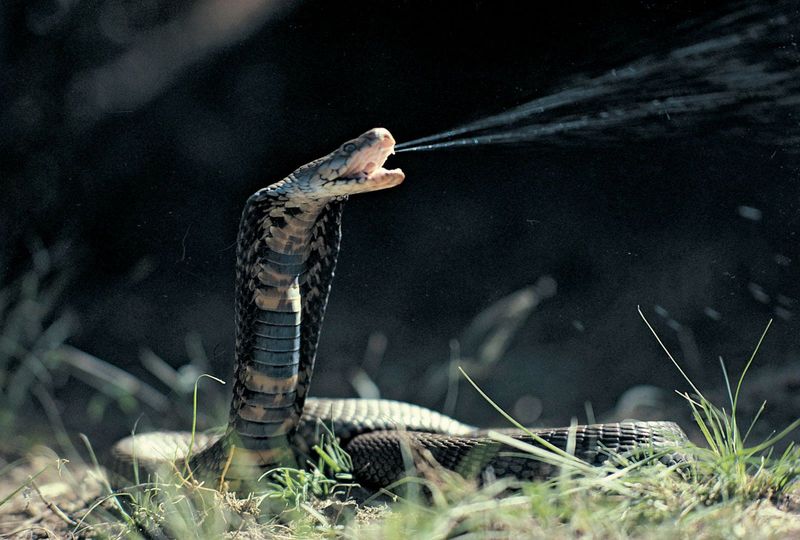
In the dense forests of Asia, the King Cobra reigns supreme. Known for its intimidating hood and impressive size, it commands respect.
The King Cobra’s venom attacks the nervous system, and a single bite can kill an elephant. Despite its fearsome reputation, this snake is shy, avoiding humans when possible.
Its role in controlling rodent populations highlights its importance in the ecosystem.
Inland Taipan

The Inland Taipan, or “fierce snake,” holds the title for the most venomous snake. Its venom is a potent cocktail, primarily neurotoxic, designed to swiftly incapacitate prey.
Although highly dangerous, it is a reclusive creature, rarely seen by humans.
Its evolutionary adaptations make it an efficient predator in the arid landscapes of Australia.
Cone Snail
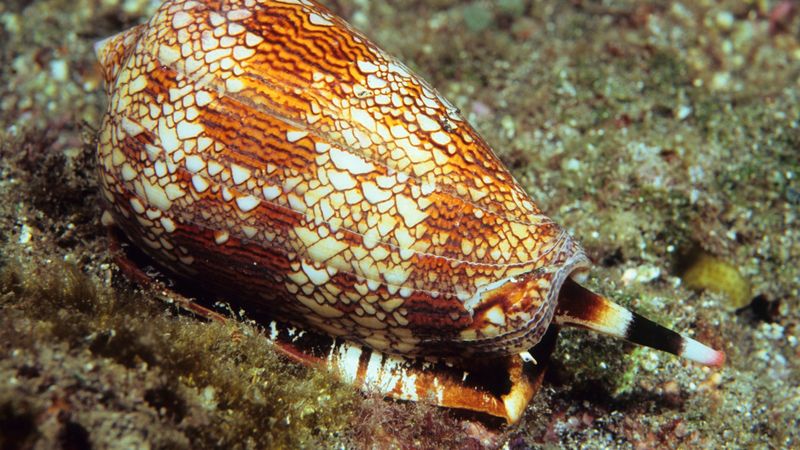
Beneath the waves, the Cone Snail hunts with a harpoon-like tooth. Its venom is a complex mixture known to cause paralysis in seconds.
The snail’s ability to immobilize fish instantly is both fascinating and deadly. Surprisingly, its venom holds potential for medical breakthroughs.
The cone shell’s intricate patterns are as alluring as they are deceptive.
Blue-Ringed Octopus
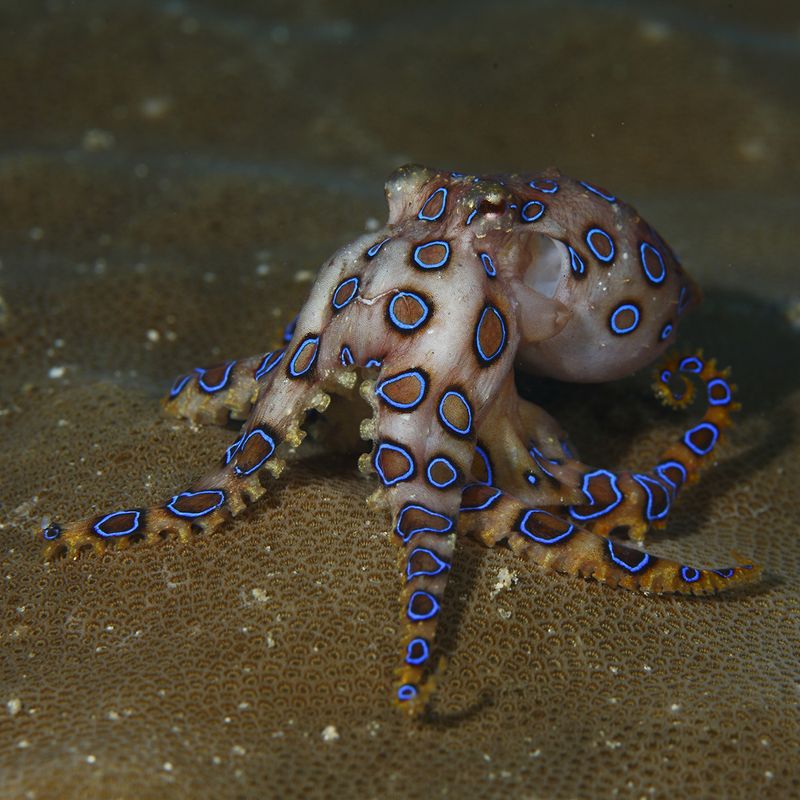
Small yet formidable, the Blue-Ringed Octopus carries venom potent enough to kill humans. When threatened, it flashes its iconic blue rings as a warning.
Its venom causes muscle paralysis and respiratory failure, a testament to its evolutionary prowess in defense.
This sea creature remains a marvel of the underwater world, both for its beauty and its danger.
Stonefish
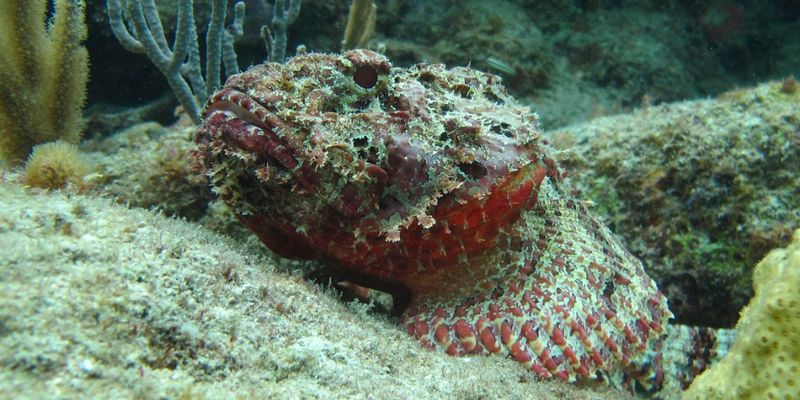
Master of disguise, the Stonefish hides in plain sight on the ocean floor. Its venomous spines are a defense mechanism against predators.
The venom is incredibly painful and can be fatal to humans if untreated. Its camouflage is so effective that it often goes unnoticed.
A true testament to nature’s creativity, the Stonefish blends lethal power with impeccable stealth.
Deathstalker Scorpion
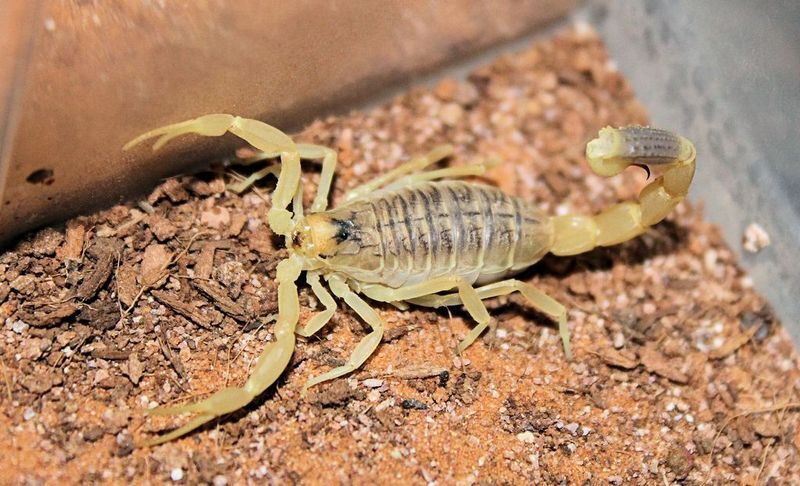
In the arid deserts, the Deathstalker Scorpion prowls under the cover of night. Its venom is a complex mix of neurotoxins.
Despite its size, it is one of the most dangerous scorpions. Its sting, though rarely fatal, is extremely painful.
This scorpion’s resilience and adaptability make it a fascinating yet formidable hunter.
Portuguese Man O’ War
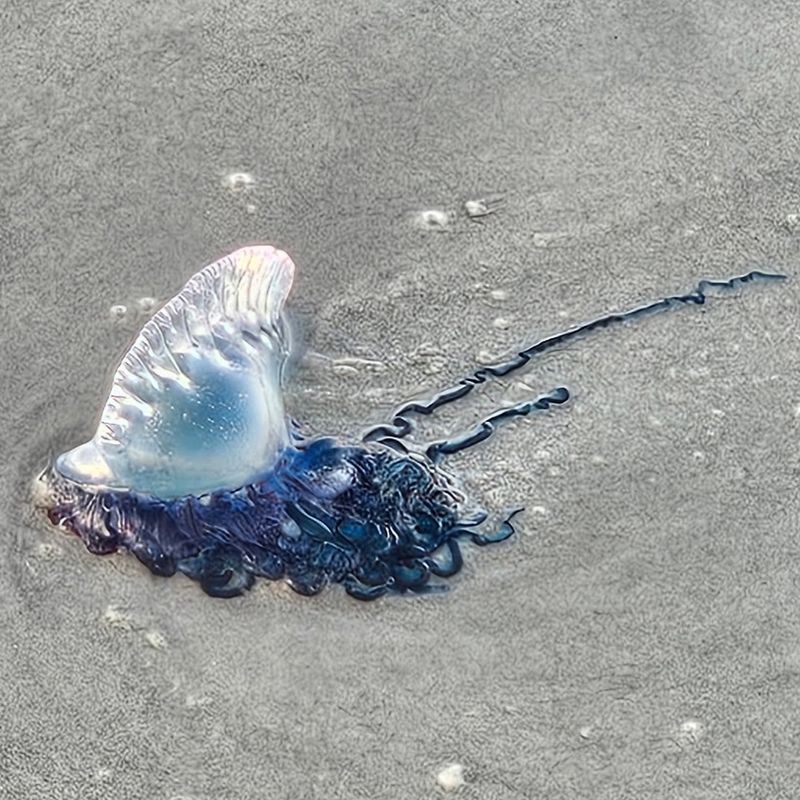
The Portuguese Man O’ War, often mistaken for a jellyfish, is a siphonophore. Its tentacles can extend over 30 feet, delivering painful venomous stings.
Though it appears delicate, its sting can cause severe pain and even paralysis. The vibrant coloration warns of its danger.
Drifting with the currents, it is both a beautiful and hazardous presence on the sea’s surface.
Sydney Funnel-Web Spider

Lurking in the undergrowth, the Sydney Funnel-Web Spider is notorious for its aggressive nature and potent venom.
Its fangs can penetrate fingernails, delivering a neurotoxic venom that affects the nervous system.
Despite its fearsome reputation, antivenom has dramatically reduced fatalities, showcasing the balance between danger and medical advancement.
Komodo Dragon
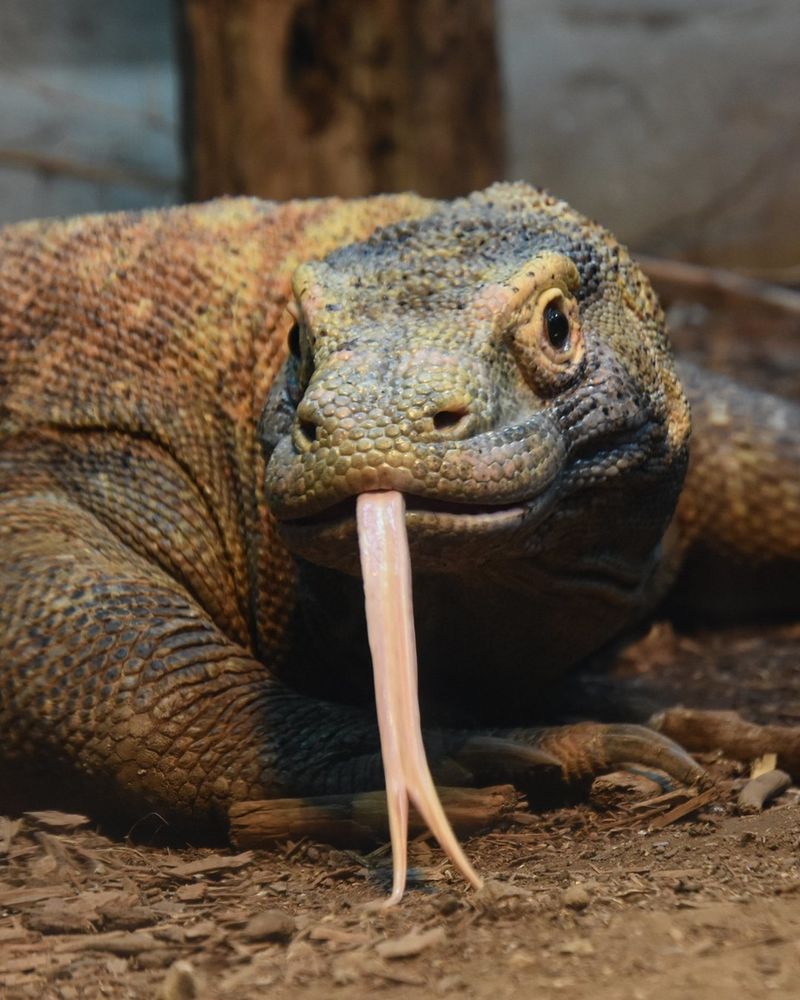
On the islands of Indonesia, the Komodo Dragon reigns supreme. It uses a combination of venom and bacteria to bring down prey, a deadly dual threat.
The dragon’s bite introduces toxins that inhibit blood clotting, causing its prey to weaken quickly.
This apex predator’s hunting strategy highlights the unique evolutionary paths of island fauna.
Gila Monster
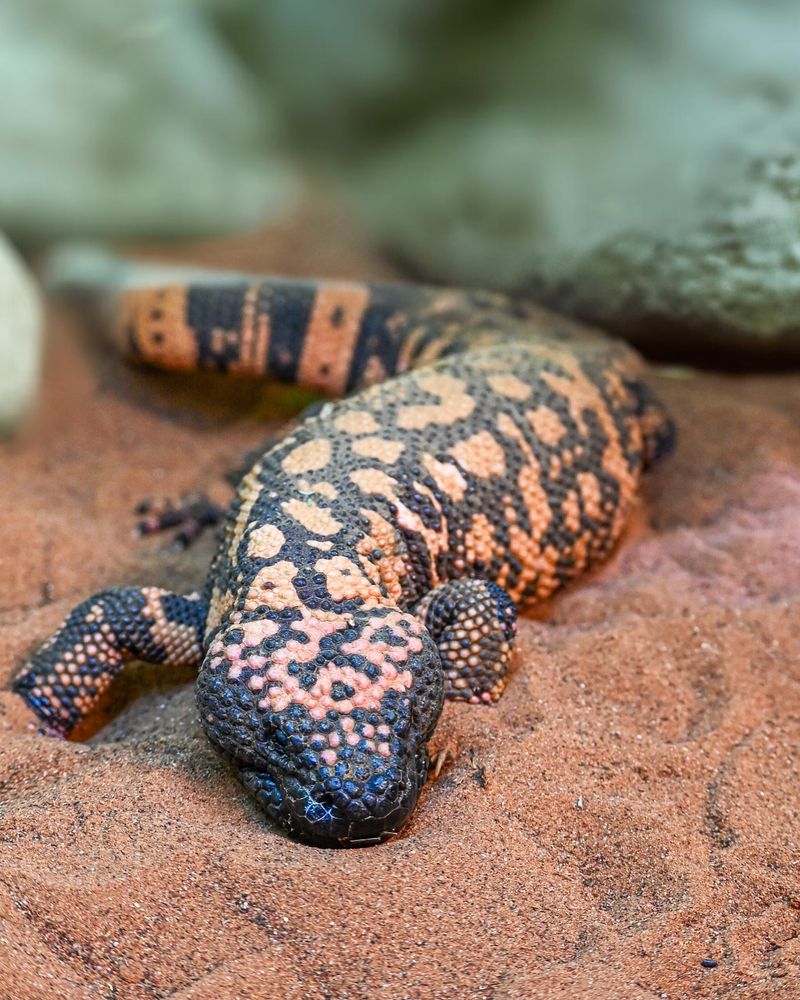
The Gila Monster, with its striking patterns, roams the southwestern deserts of the USA. Its venom, delivered through grooved teeth, is used primarily for defense.
The slow-release mechanism is a unique adaptation among lizards. While not usually lethal to humans, it’s a painful encounter.
This creature’s vibrant appearance and potent defense mechanisms speak volumes about its desert survival strategies.
Pufferfish

The Pufferfish, famed for its ability to inflate, carries a toxin named tetrodotoxin. This potent chemical can be deadly to predators.
While it is a delicacy in some cultures, preparation must be meticulous to avoid poisoning.
Its unique defense strategy and culinary significance make it a creature of intrigue in marine ecosystems.
Mongoose
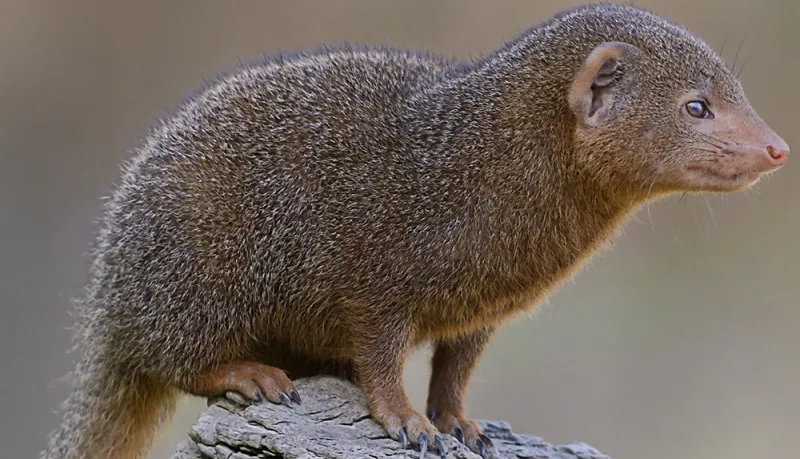
With a quick wit and agile movements, the mongoose is an adept survivor in the wild. Known for its resistance to cobra venom, it often preys on these serpents.
This immunity is due to specialized acetylcholine receptors that block the venom’s effects. Its boldness and adaptability are unmatched.
The mongoose’s fearless encounters with venomous snakes are legendary in the animal kingdom.
Hedgehog
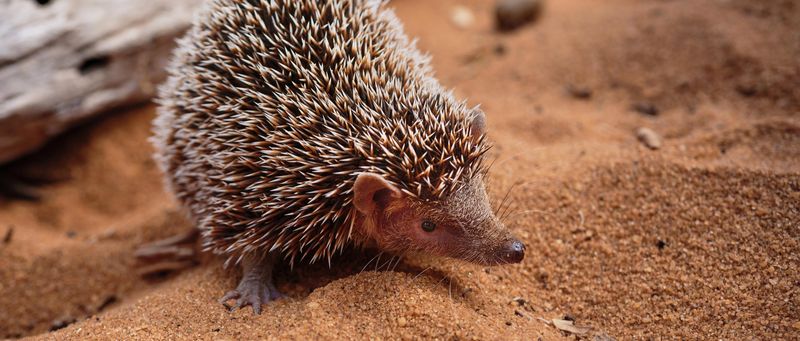
The hedgehog is not only adorable but also remarkably resilient to snake venom. Its spiny armor provides physical protection.
Additionally, it produces proteins that neutralize toxins, a fascinating evolutionary trait. This combination makes it a formidable opponent to some predators.
Hedgehogs’ unique defenses and endearing appearance continue to capture human fascination.
Opossum
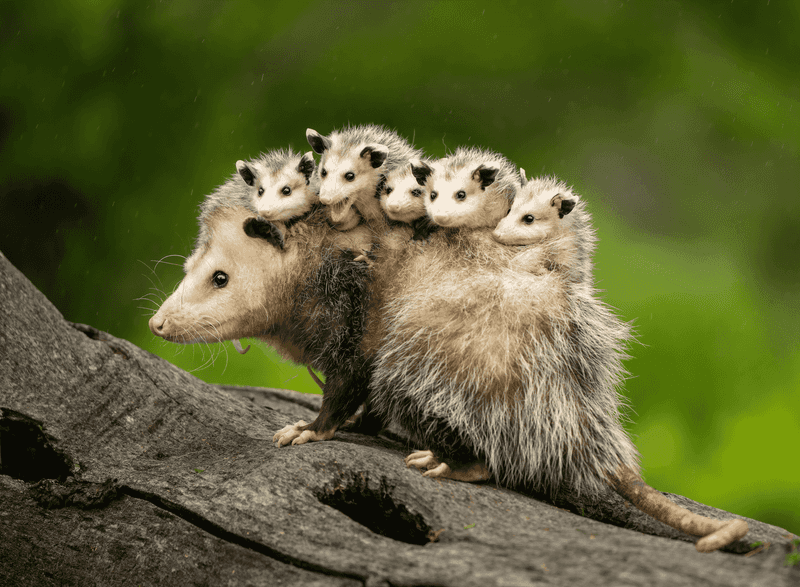
Often underestimated, the opossum boasts an impressive immunity to snake venom, especially rattlesnakes. This is due to a unique serum protein that neutralizes the venom.
Its role as nature’s cleanup crew is vital, as it also helps control tick populations.
The opossum’s survival tactics are as varied as they are effective, showcasing nature’s ingenuity.
Honey Badger
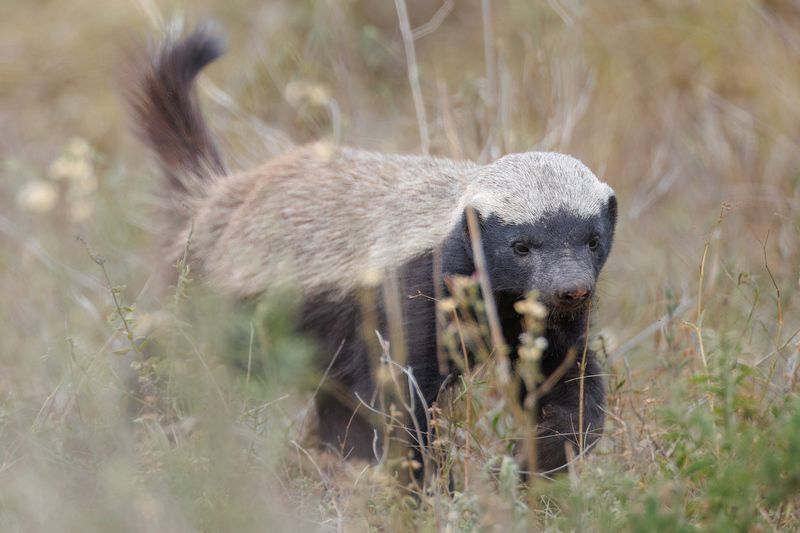
Renowned for its audacity, the honey badger possesses a strong resistance to venom, including that of cobras.
Its skin is tough and loose, allowing it to twist and turn even when caught in a predator’s jaws. Its ferocity is unmatched.
This combination of traits makes the honey badger an icon of tenacity and survival.
Wild Turkey
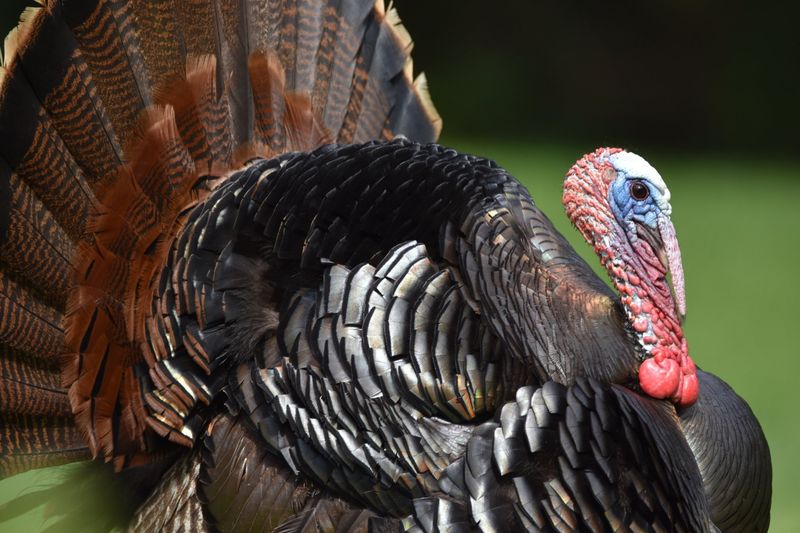
Surprisingly, the wild turkey exhibits resistance to snake venom, thanks to unique blood serum factors. This allows it to coexist with venomous snakes in its habitat.
Its foraging habits aid in seed dispersal and ecosystem balance.
The wild turkey’s robust nature and ecological role are as impressive as its plumage is striking.
Rattlesnake
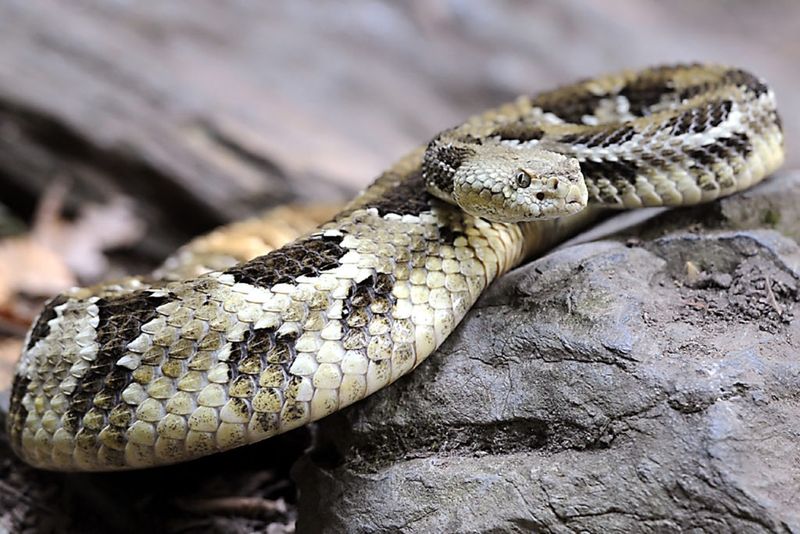
Though a producer of venom, rattlesnakes also display resistance to certain types, including their species’. This allows them to survive in competitive environments.
Their iconic rattle serves as both a warning and a mechanism of defense.
Rattlesnakes’ dual nature of venom production and resistance showcases their evolutionary adaptability.
Ground Squirrel
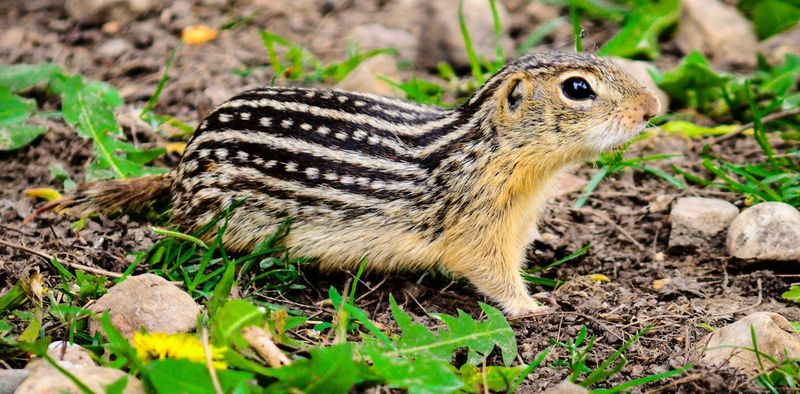
Ground squirrels have evolved resistance to rattlesnake venom, particularly in areas where the two species overlap. This adaptation is crucial for their survival.
Their warning calls alert others to danger, demonstrating advanced communication.
The ground squirrel’s social structure and defensive adaptations highlight the complexity of its interactions with predators.
Woodrat
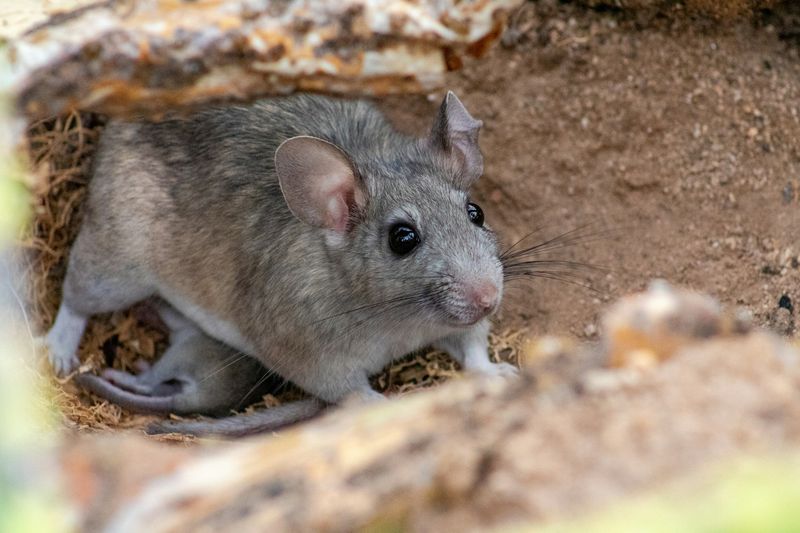
Also known as packrats, woodrats are known for their resistance to pit viper venom. This immunity allows them to coexist with these predators.
Their nests, or “middens,” are marvels of architecture, showcasing their resourcefulness.
Woodrats’ ability to thrive in venomous environments speaks to their adaptability and clever survival strategies.

